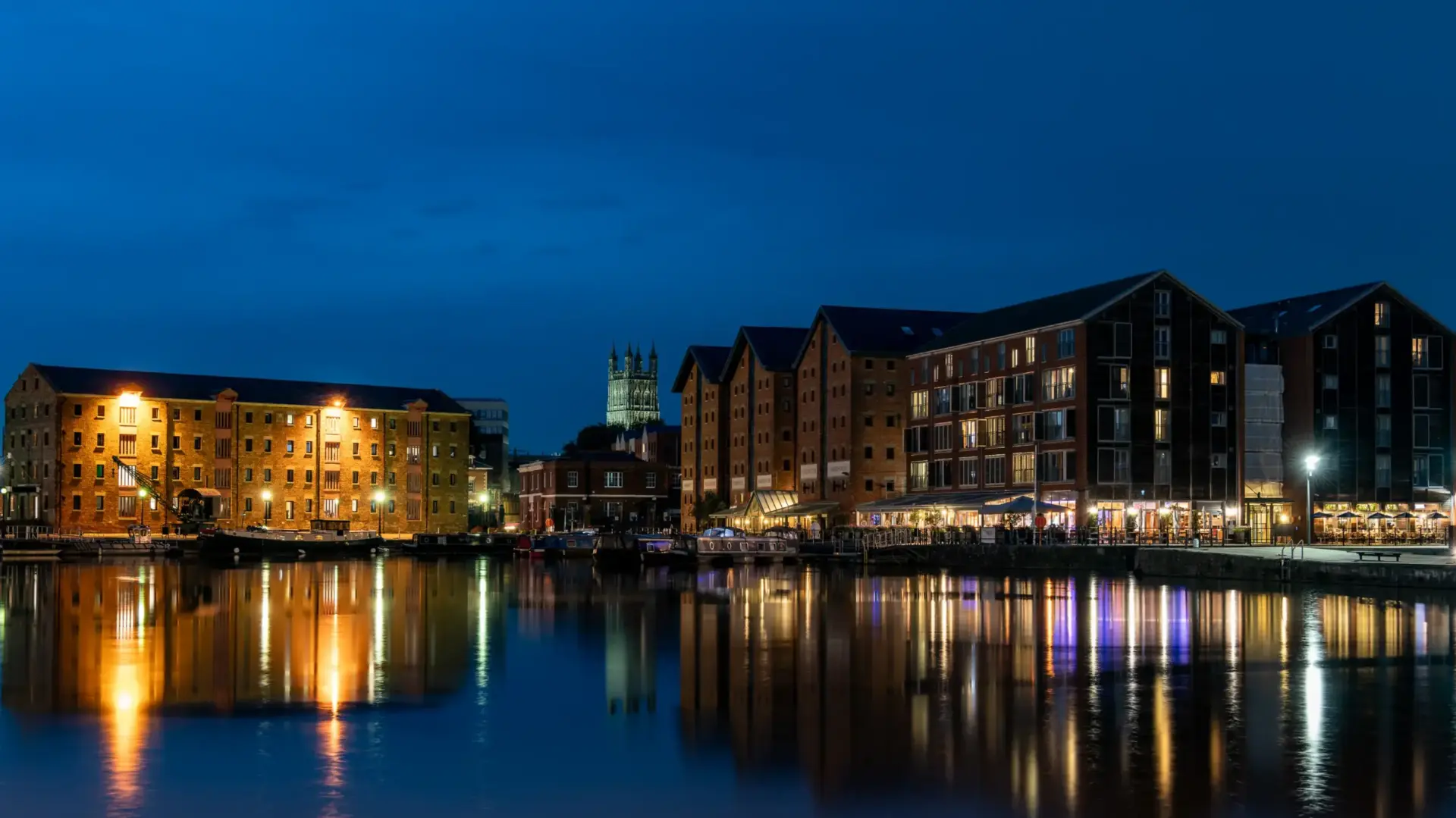Exploring the Severn Way at Hawbridge proved to be a truly secluded and rewarding experience. This circular walk began at the River Severn crossing, following the scenic Severn Way to a fascinating historical gem—a disused lock that once marked the entrance to the defunct Coombe Hill Canal. Along the way, the atmosphere felt tranquil and untouched, thanks to the solitude brought on by a passing low front. It felt like I had the entire stretch of this stunning landscape to myself, with not a single soul in sight.
The scenery was nothing short of breathtaking. Solitary ancient oaks stood proudly in the open fields, their gnarled branches etched against the sky like living sculptures. The historical significance of the disused lock, quietly blending into the natural surroundings, hinted at an era when these waterways were bustling with life. Amid all this, I even encountered pockets of local wildlife, offering fleeting but magical moments that added to the day’s charm.
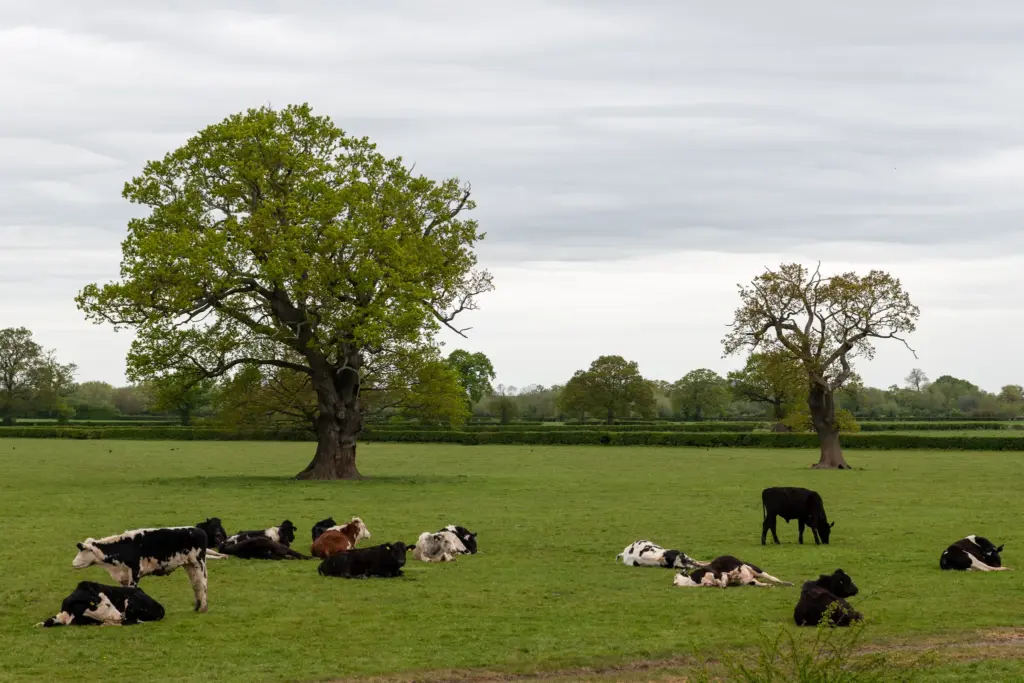
For this trip, I packed my Nikon D850, an exceptional choice for capturing both wide landscapes and intricate details. With it, I carried my Nikkor 24-70mm f/2.8 lens, one of the essential “holy trinity” lenses, perfect for those striking wide-angle landscape shots. To complement it, I also brought along the Nikkor 200-500mm f/5.6 zoom lens, which proved invaluable for isolating distant subjects and capturing more intimate compositions within the expansive scenery. Together, this gear allowed me to document the day with versatility and precision.
This walk offered not just an immersion into the beauty of the countryside but also a connection to its quiet history. Whether through the lens of a camera or the lens of reflection, the Severn Way showcases a world where natural wonder and human history intertwine seamlessly.
Contrasts of Spring: Capturing Life and Decay Through the Lens
The walk began in a stretch of vibrant green fields, where the early signs of spring gently unfolded around me. The trees were sprinkled with tender new shoots, a brilliant lime-green against the subdued tones of the overcast sky. Amid the lush growth, two dead trees stood starkly apart, their gnarled, leafless branches creating a striking contrast with the surrounding vitality.
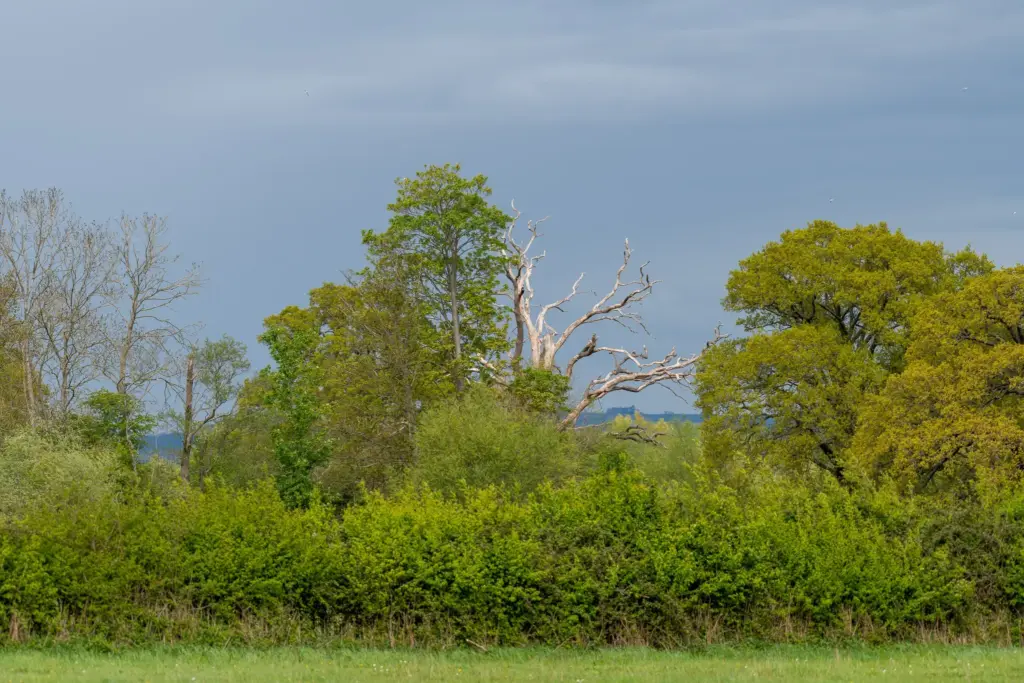
Capturing these scenes required thoughtful composition and a delicate balance of technical choices with artistic intent. For the first image, I framed the first barren tree centrally, using my Nikkor 200-500mm f/5.6 lens to highlight its intricate, twisting branches. The lens’ sharp optics allowed me to capture every detail of the texture, from the rough bark to the spindly extremities reaching toward the muted sky. I positioned the line of bushes in the foreground to serve as a natural frame, subtly grounding the composition and drawing attention to the stark beauty of the tree itself. The overcast sky worked in my favor, providing diffused lighting that softened the scene and minimized harsh shadows. This setup enhanced the contrast between the bleakness of the dead tree and the lush greenery surrounding it.
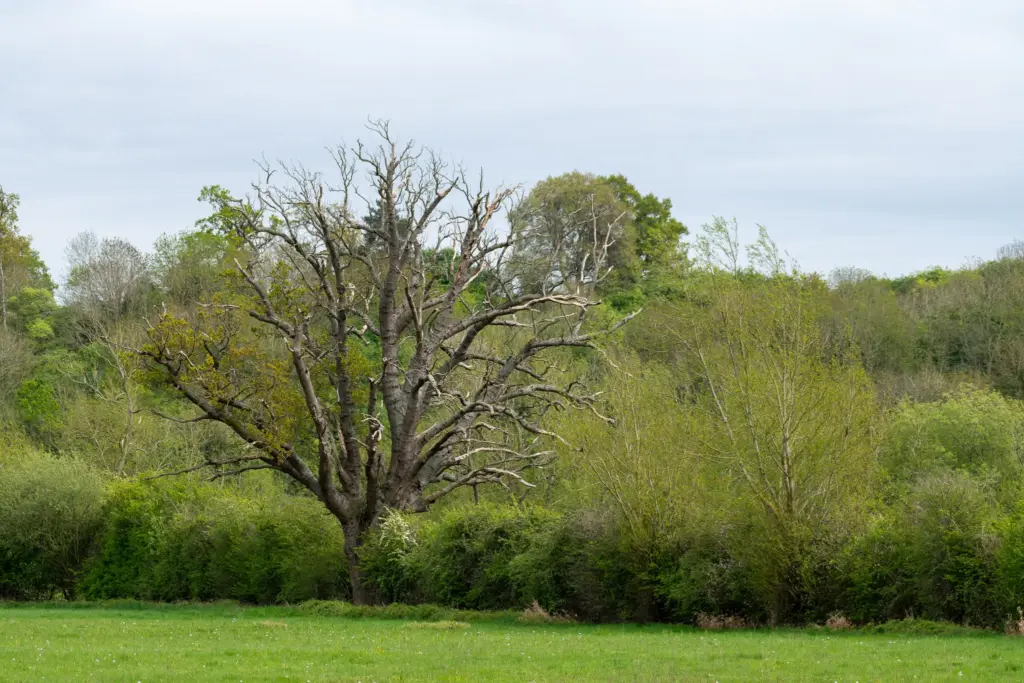
For the second image, I opted for a slightly wider composition to incorporate the grassy field below the tree, scattered with delicate white flowers. Using my Nikon D850 for its exceptional dynamic range, I carefully preserved the tonal variations that made the scene so layered. I employed a slightly higher aperture setting to ensure the depth of field included both the foreground elements and the forested backdrop. This choice emphasized the harmony of the scene while letting the leafless tree take center stage as a solitary figure against the denseness of life. The tree’s slight off-center placement added a natural balance, following the rule of thirds and leading the viewer’s gaze across the frame.
From an artistic viewpoint, these moments encapsulated the duality of nature. The vibrant burst of spring growth was a celebration of renewal, while the stark dead trees stood as reminders of nature’s cycles of life and decay. The subdued light from the cloudy day added a melancholic edge, enhancing the mood and depth of the imagery. Through these photographs, I aimed to not only document the natural beauty of this walk but also evoke an emotional connection to the striking contrasts presented by the landscape. It’s these contrasts that make photography such a powerful medium for storytelling and personal expression.
Grace in Flight and Stillness: Capturing the Elegance of Swans
Walking further along the Severn Way, I was greeted by an elegant display of wildlife. A solitary swan floated serenely on the river, its white plumage gleaming softly against the muted gray ripples of the water. Just a short distance away, four more swans were scattered across a field. Their presence added a sense of grace to the quiet landscape. As I advanced along the path, two of the swans suddenly took to the air, their synchronized flight creating an unforgettable moment. Thankfully, I had my Nikkor 200-500mm f/5.6 lens mounted and ready to capture this breathtaking scene.
For the swan on the water, I carefully selected a composition that placed the bird at the center of the frame, surrounded by the gentle ripples stretching outward. Using a focal length of 500mm, I was able to isolate the swan from the background, exaggerating its elegance and the subtle texture of the water. Maintaining an aperture of f/5.6 allowed just enough detail in the water while keeping the focus on the intricate details of the swan’s feathers. The soft, overcast light acted as a natural diffuser, reducing harsh reflections and enhancing the serene mood of the image.

When the swans took flight, the challenges shifted to timing and focus. I adjusted the lens to its full 500mm reach to bring the birds closer in the frame. Unfortunately, I couldn’t use a faster shutter speed of 1/1250s like I would have liked, as I wasn’t quick enough to change it before they took flight. So a speed 1/250s shows the swans in flight with slight movement. I couldn’t quite freeze their movement mid-air, but I still captured the full extension of their wings. Thanks to the Nikon D850’s speed and precision in continuous autofocus mode, I was able to track their graceful ascent despite their rapid movement. The wide dynamic range of the camera preserved the subtle tones of the swans’ feathers, even against the soft but variable light of the cloudy sky.
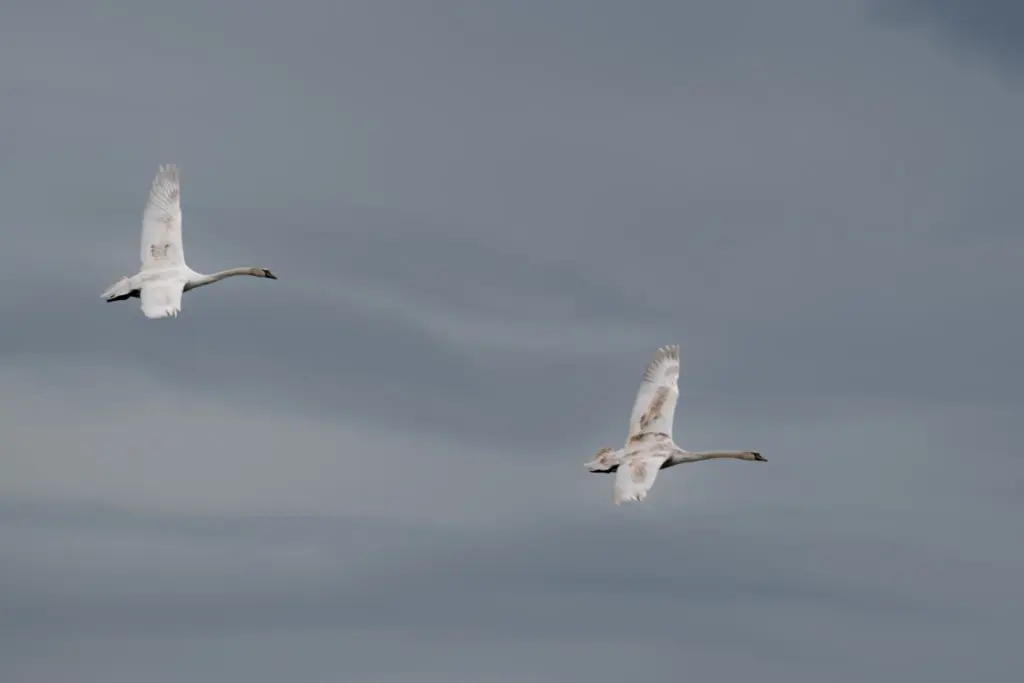
From an artistic perspective, this moment allowed me to explore themes of grace and freedom. The contrast between the swan gliding across the water and the group taking off reflected two different aspects of their elegance. The isolated swan on the river embodied tranquility, while the synchronized flight captured the power and poetry of movement. Whether in repose or action, these magnificent birds brought a unique energy to the walk. For me, this is what makes wildlife photography so compelling—not just documenting the scene but conveying the story and emotion behind it.
Timeless Giants: Capturing the Majesty of Ancient Oaks
Along this stretch of the Severn Way, ancient oaks dominated the landscape, their immense trunks and sprawling branches telling silent stories of centuries gone by. It’s awe-inspiring to stand in the presence of these natural monuments, each one unique in its form and grandeur. Capturing their essence through photography was a technical and creative challenge, one that required careful planning and post-processing to do justice to their timeless beauty.
To bring out the intricate textures of the bark, the layered tones of the foliage, and the subtle shifts in light, I employed bracketed shooting on my Nikon D850. This technique involved taking multiple shots of the same composition at different exposures. By doing so, I could ensure that every detail—from the darkest shadow clinging to the tree’s rugged trunk to the soft highlights filtering through the leaves against the overcast sky—was recorded for maximum dynamic range. With the D850’s exceptional resolution, even the finest details of moss and bark were preserved in stunning clarity.
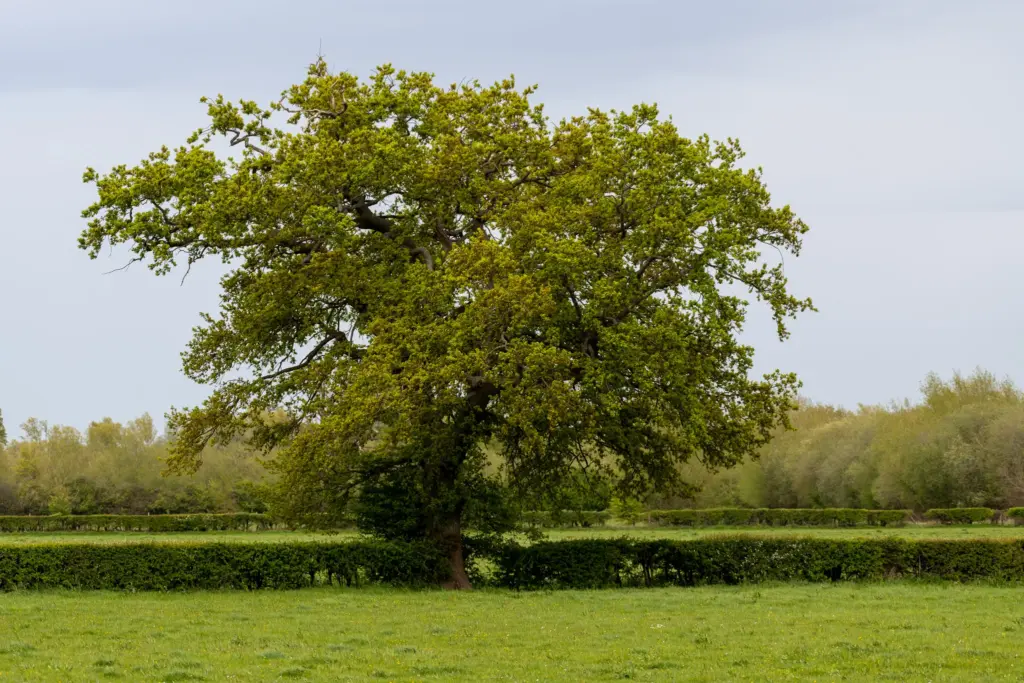
For the final images, I transitioned to Adobe Lightroom to merge the bracketed shots into high dynamic range (HDR) images. This process allowed me to balance the subtle contrasts in the scene while enhancing the depth and vibrancy. The result was an image that not only captured the visual splendor of the oaks but also conveyed the atmosphere of standing under their immense canopies. The muted light from the overcast sky worked to my advantage, preventing harsh glares and highlighting the intricate contrasts in the trees’ bark and foliage.
From an artistic perspective, these photographs became more than simple records of scenery. They were interpretations of the enduring strength and character of these oaks, symbols of resilience amid an ever-changing landscape. The tall, ancient tree in one image stood as a sentinel, its wide canopy sheltering the grassy field below. Its rugged silhouette framed by softly muted greens told a tale of survival through countless seasons. The other tree, framed within a natural setting of hedges and distant woods, felt like it belonged to an era long before human hands touched the land.
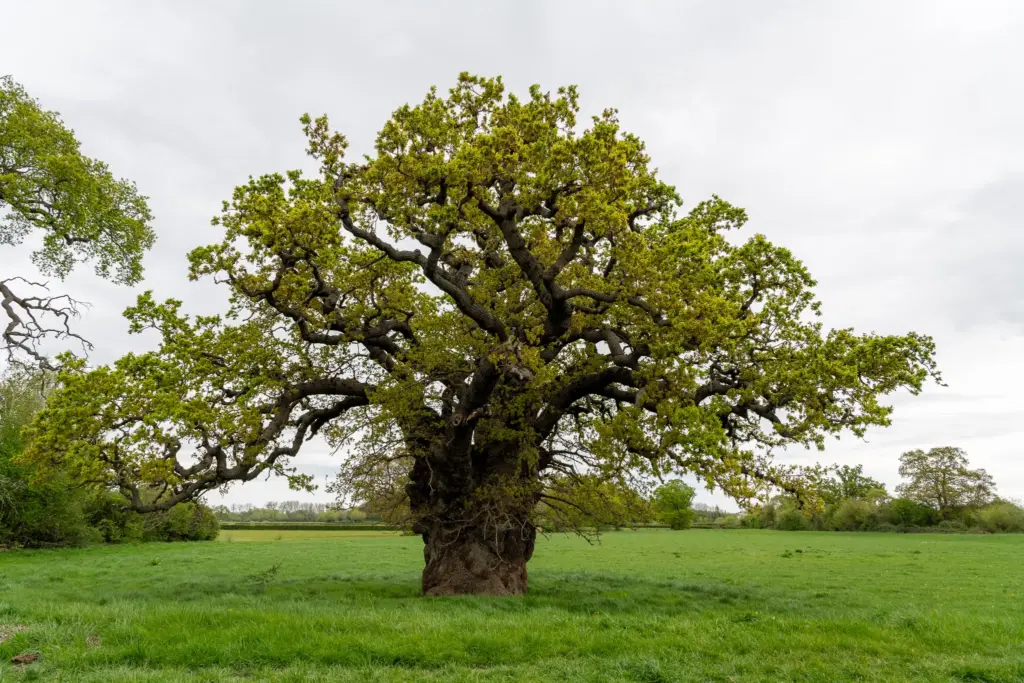
These moments served not just to capture the trees themselves, but to reflect on their deep connection to the environment. When you take the time to photograph such subjects, you learn to appreciate not just what they are but what they represent. For me, the ancient oaks of the Severn Way became emblems of life’s endurance and the quiet strength of nature. Each frame was a tribute to their story, etched in their bark and spread wide in their sprawling branches.
Details in Decay: Exploring the Textures of Wood and Bark
Pausing by a felled tree branch along the Severn Way, I was drawn to the intricate textures of its bark and exposed wood. This was a perfect opportunity to focus on the captivating details of nature, exploring the layers and patterns up close. With my Nikon D850, paired with a Nikkor 24-70mm f/2.8 lens, I was able to bring these rich surfaces to life, revealing an entire micro-landscape often overlooked.
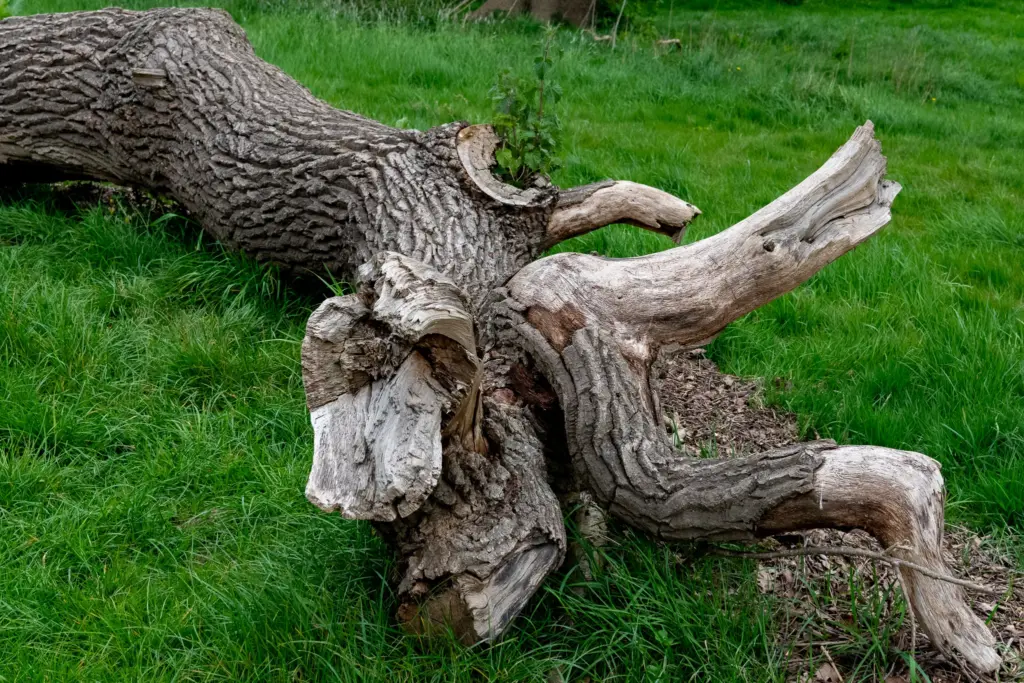
For these images, I opted for a shallow depth of field, setting the aperture at f/4. This choice allowed me to isolate specific sections of the bark and wood grain, creating a soft, natural blur in the background. The interplay between sharp focus on the textured grooves and the gentle fade of the surrounding areas gave the shots a three-dimensional quality. The soft overcast lighting was ideal, providing even illumination without harsh shadows, which ensured that the subtler color variations and fine details, like peeling bark or cracks in the wood, were beautifully captured.
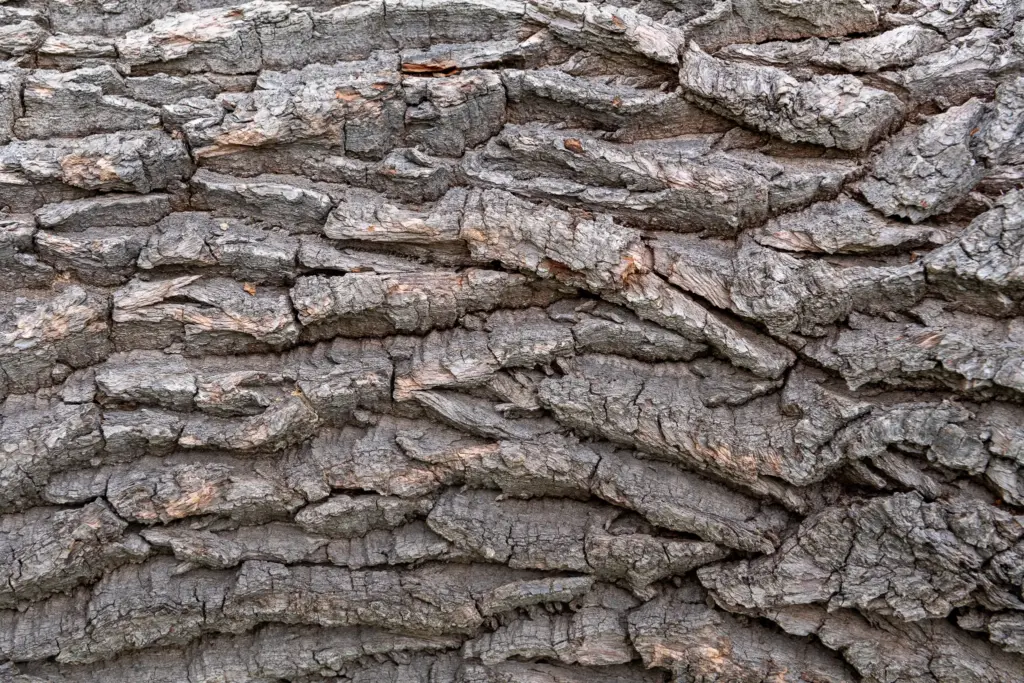
Getting the perfect shot required both technical and artistic considerations. I positioned my tripod low to the ground to stabilize the camera, as slight hand movements could cause blur at such close distances. Shooting from various angles, I experimented with the light’s interaction on the branch’s surface, using side-lighting to emphasize the depth of the grooves and cracks that ran across the wood. Each frame told a different story, whether it was the contrast between the dark bark and the pale wood beneath, or the delicate growth of moss nestled in a crevice.
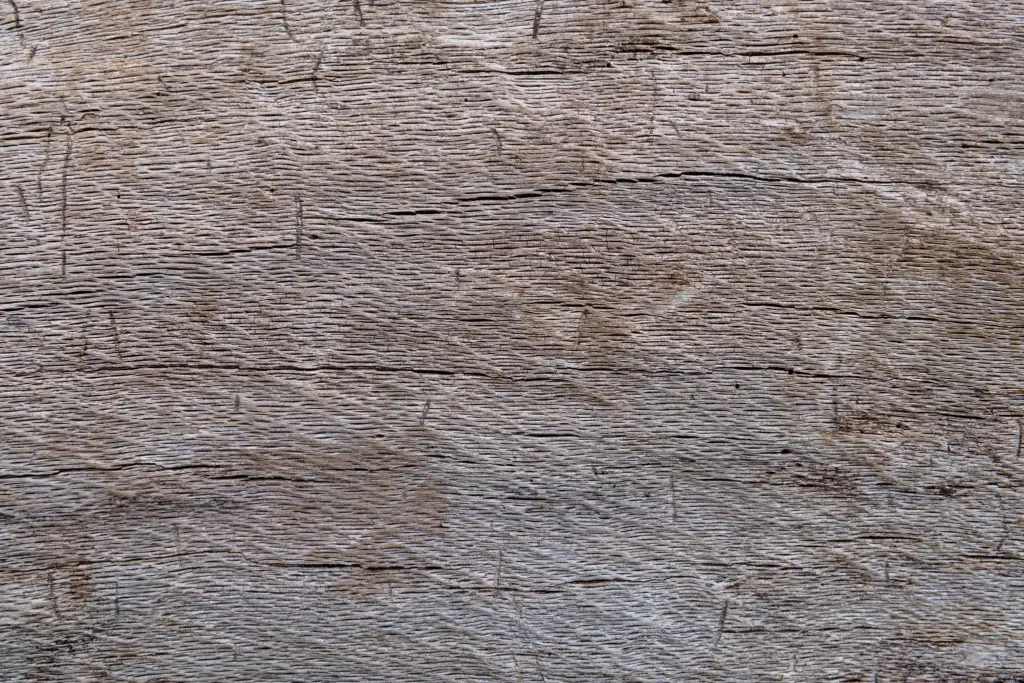
From an artistic perspective, these close-up shots were an exploration of texture and contrast. The rugged bark spoke of the tree’s exposure to the elements over time, while the raw wood underneath symbolized a transition from external sturdiness to internal vulnerability. These themes of resilience and transformation were echoed in every detail. One shot particularly stood out, showcasing the subtle brown gradations of the wood grain, scarred by long, horizontal lines that drew the eye across the frame like a natural roadmap.
Close-up photography like this is a wonderful way to slow down and appreciate the intricacies of the natural world. By focusing the lens on these often-overlooked details, I was able to transform a simple fallen branch into a celebration of nature’s complexity and beauty. Moments like these remind us of the artistry found in even the smallest fragments of the landscape.
Exploring the Forgotten Lock: Capturing History and Decay
Finally, after walking for what felt like miles of scenic beauty along the Severn Way, I arrived at the disused lock of the Coombe Hill Canal. Its weathered stone walls and overgrown surroundings formed a striking contrast to the lush greenery I had passed earlier. I wasn’t sure what to expect, but the moment I climbed down into the heart of the lock, I knew it was a photographer’s treasure trove. The air inside was cool and damp, with the echoes of the past hanging thick around the crumbling masonry.

To capture the internal atmosphere of the lock, I relied heavily on my Nikon D850 for its dynamic range and ability to retain extraordinary detail in both light and shadow. Using the wide-angle end of the lens, the focal length set at around 24mm, I was able to encompass the narrow, towering walls and the dense plant life encroaching from above. I kept my aperture at f/11 to balance sharpness across the scene and used a tripod for stability, as the dim light levels required slower shutter speeds to correctly expose the images.
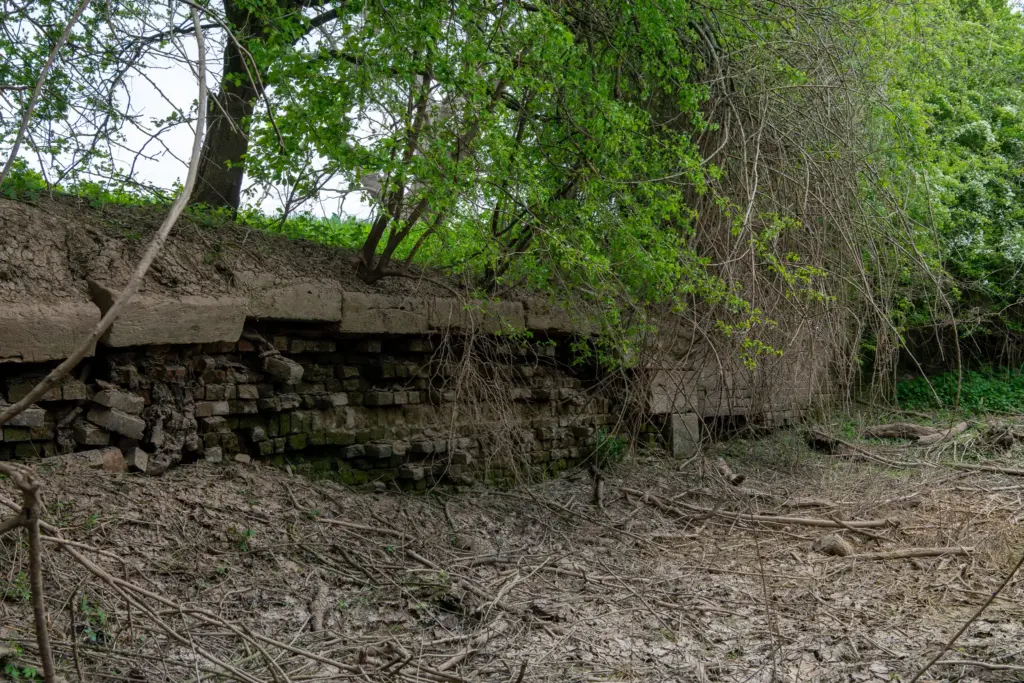
Lighting posed one of the most interesting challenges within the lock. The overcast sky filtered in soft, diffused light from the narrow opening above, creating natural highlights and shadows that painted the walls with intrigue. I chose to photograph from different perspectives, some shots looking straight down the lock to emphasize its depth, and others taken from ground level to show the vivid interplay between the weathered stone, mossy textures, and creeping roots. Positioning the camera carefully allowed me to avoid overexposing brighter areas while still retaining the character of the darker sections.
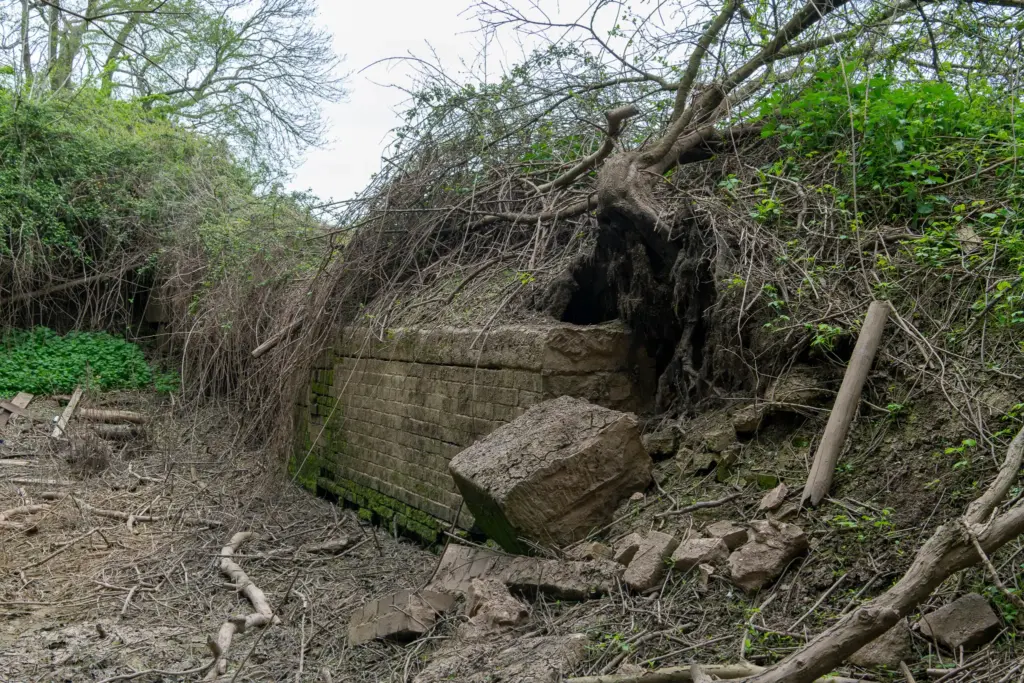
Exploring the artistic side, I focused on the details that told the story of the lock’s abandonment. The textured stone bricks, layered with moss and patches of damp, gave the impression of resilience against decades of neglect. Close-up images of the exposed brickwork highlighted their rough surface and natural weathering, while the scattered branches and debris added to the narrative of reclamation by nature. One perspective that stood out to me was shooting upwards from inside the lock toward the vine-draped opening above, portraying a juxtaposition of confinement and the thriving life beyond.
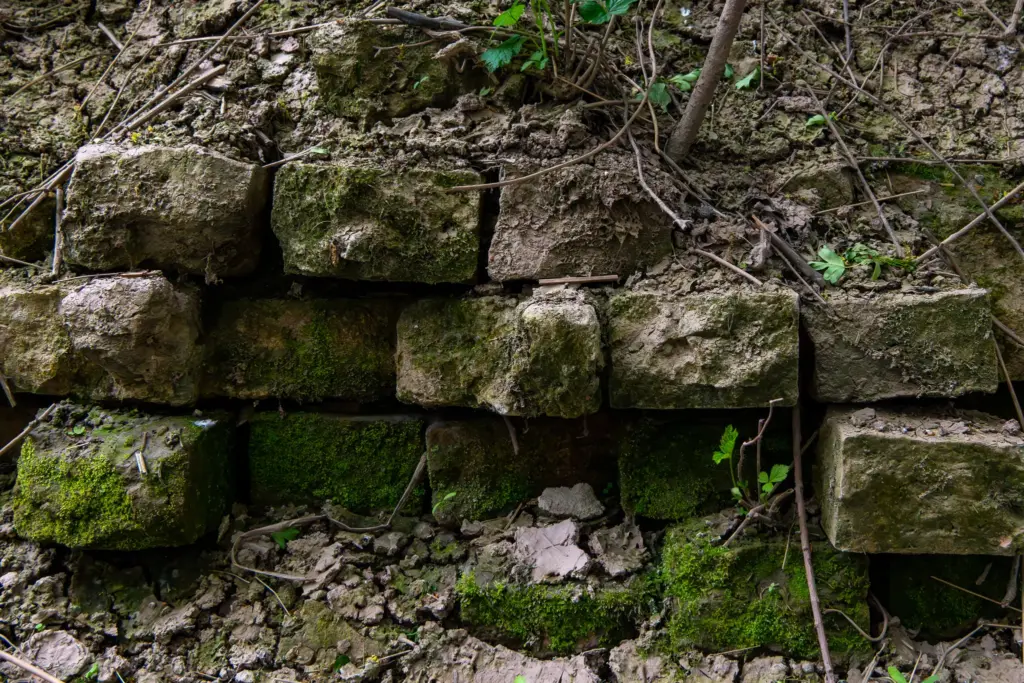
Each detail reflected a layered history of decay and determination. The lock, once a vital structure in the canal’s operation, now stood as a relic of industry overtaken by nature’s quiet persistence. It was a stark symbol of time’s unrelenting march, but also a serene reminder of the beauty found in forgotten places. For me, this section of the walk offered more than just photography; it was an opportunity to reconnect with history while celebrating the unassuming splendor of decay and renewal.
These images not only document the lock itself but highlight how textures, angles, and the play of light can immortalize a place that might otherwise fade unnoticed into the landscape. The disused lock is proof that even quiet corners hold their own stories, waiting to be rediscovered through the lens.
Unearthing Hidden Stories: Angles and Oddities on the Return Path
After leaving the lock, I made my way back along the same winding paths I had taken to arrive there. This time, I allowed myself to slow down, seeking out unusual angles and curious details that are so often overshadowed by the grandeur of larger scenes. It was in this deliberate slowing of pace that I found hidden stories etched into the landscape, from a decaying post to an intriguing tree knot bearing an old sign.

The rotten post, with its hollowed center and radiating cracks, immediately caught my attention. Its weathering told the tale of years of exposure to the elements, decay transforming it into something simultaneously raw and textured. For these shots, I relied on a the 24-70mm f2.8 lens to focus on the intricate details in the wood grain, the concentric growth rings, and the delicate patches of moss and lichen. Using a narrow aperture of f/11, I ensured that the texture of the wood remained crisp throughout the frame. Side-lighting from the muted afternoon sun enhanced the cracks and splits, casting gentle shadows for an almost three-dimensional effect. Framing the post against the backdrop of grass and stone added context, contrasting its decay with the life and stability around it.
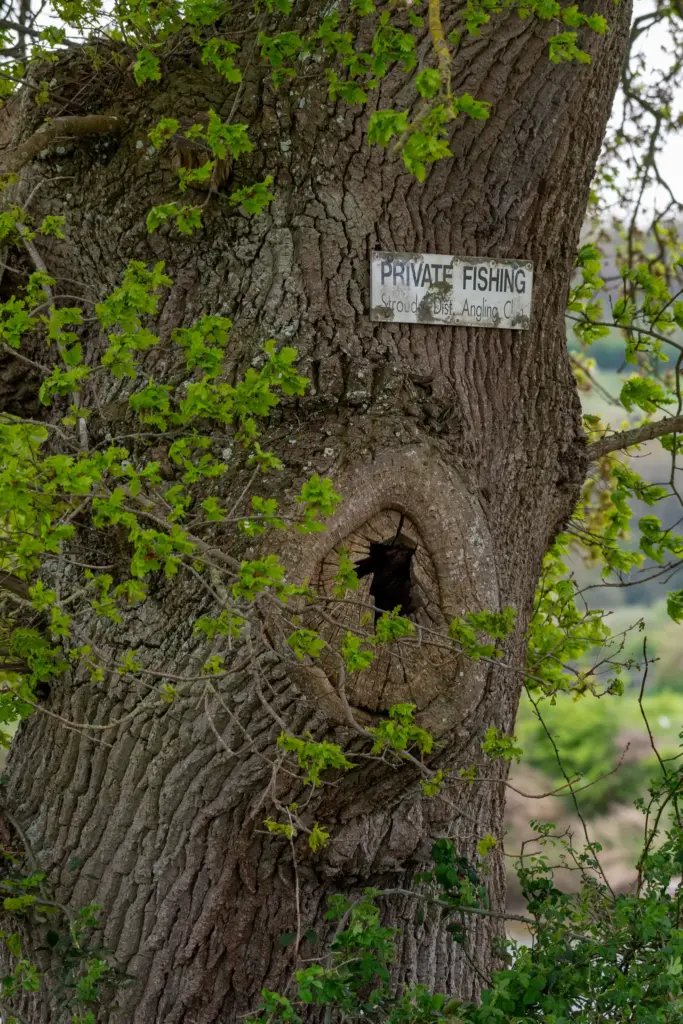
The tree with the “PRIVATE FISHING” sign offered a wholly different visual narrative. The weathered bark, marked by deep grooves and a hollow knot, seemed to cradle the sign as though it were part of the tree itself. This fusion of man-made and natural elements was fascinating, as the tree had grown around the sign over time, integrating it into its character. I chose to shoot this scene from ground level, angling upwards to emphasize the commanding presence of the tree while drawing attention to the knot and the sign. A slightly wider aperture at f/8 allowed the foliage in the background to blur softly, ensuring that the primary focus remained on the tree and its story.
From an artistic perspective, these images were an exploration of beauty in the overlooked. The post, though decayed, revealed an incredible depth of texture and color variation, proving that even in destruction, there’s a kind of artistry. Similarly, the juxtaposition of rough bark and the metal-textured lettering of the sign exemplified the quiet resilience of nature reclaiming human imprints. It’s this ability to find wonder in the strange and overlooked that makes photography such an emotionally rewarding pursuit.
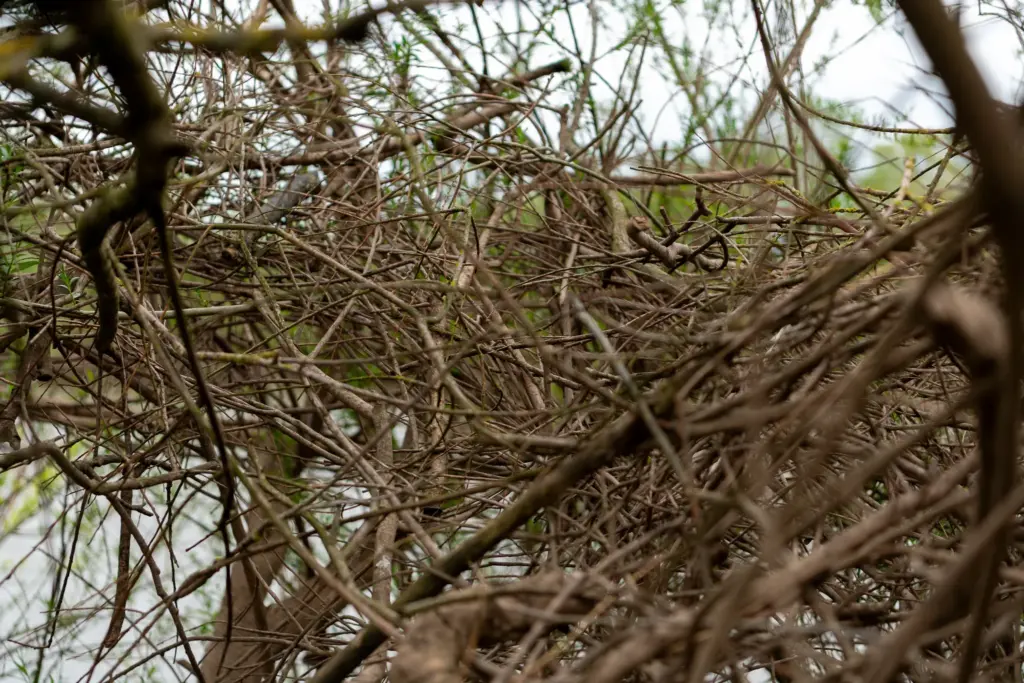
For me, the return walk became less about the destination and more about rediscovery. It’s a reminder that photography isn’t always about grand scenes or perfect conditions. Sometimes, it’s in the details, in the forgotten and the unusual, that you find the stories worth telling. From the gnarled wood of a rotting post to the knot of a tree sheltering an old sign, these elements revealed a different kind of beauty, one that speaks of history, time, and the quiet collaboration between nature and decay.
Reflecting on a Journey Through Lens and Landscape
Walking along the Severn Way proved to be more than just a photographic outing; it became a personal connection to the beauty, history, and quiet stories hidden within the landscape. From the elegance of swans gliding across the river to the enduring strength of ancient oaks, every step offered an invitation to pause and observe the world more deeply. The disused lock, with its weathered walls and growing moss, whispered tales of time gone by, while small, intricate details like a hollowed post or a tree knot cradling an old sign quietly spoke of nature’s patience in reclaiming what humans leave behind.
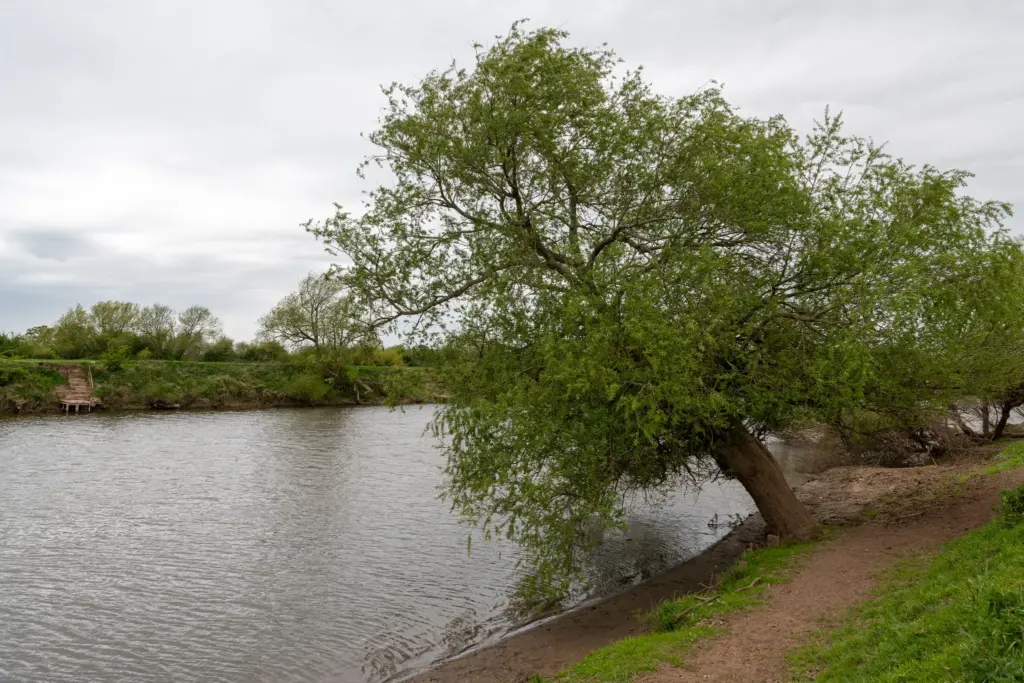
Throughout the day, the balance of technical precision and creative exploration reminded me why photography is such a powerful tool. It compels us to see the extraordinary in the every day, to frame fleeting moments, and to celebrate the details that others might overlook. Whether it was experimenting with macro photography, composing wide-angle shots of the lock, or chasing the play of light, each captured scene became a fragment of a larger story about this remarkable stretch of the British countryside.
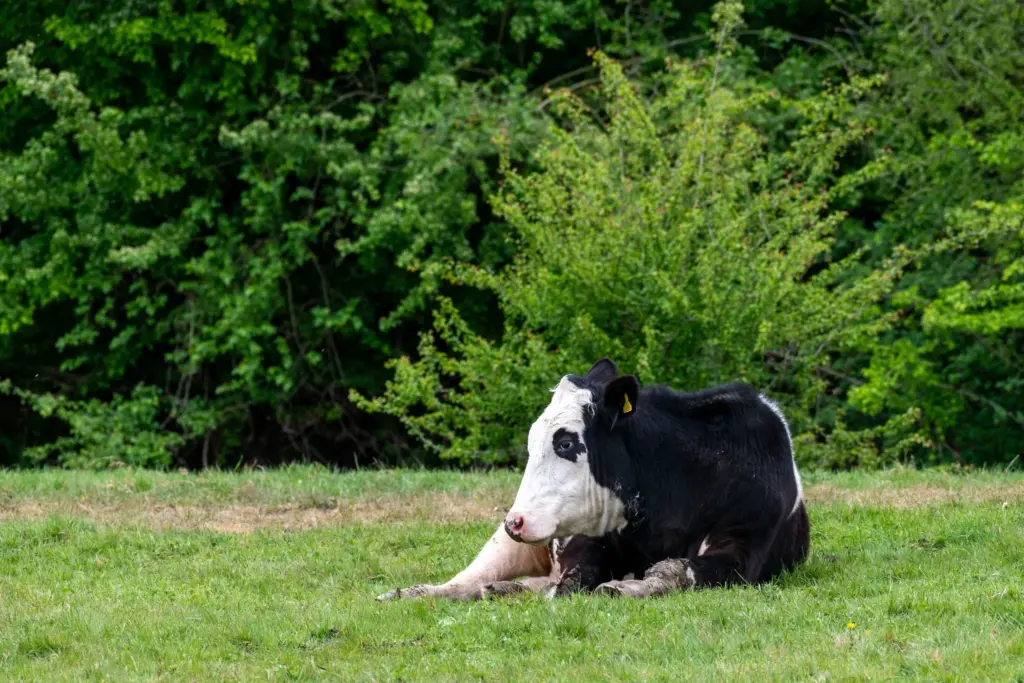
Returning from the Severn Way, camera full of memories, I was left with more than just beautiful images—I carried with me a rekindled appreciation for the simple, timeless connection between humans and nature. Every path walked and every photo taken was a reminder of the importance of slowing down, observing, and finding art not just in monumental scenes, but also in the quiet details of life outdoors.

